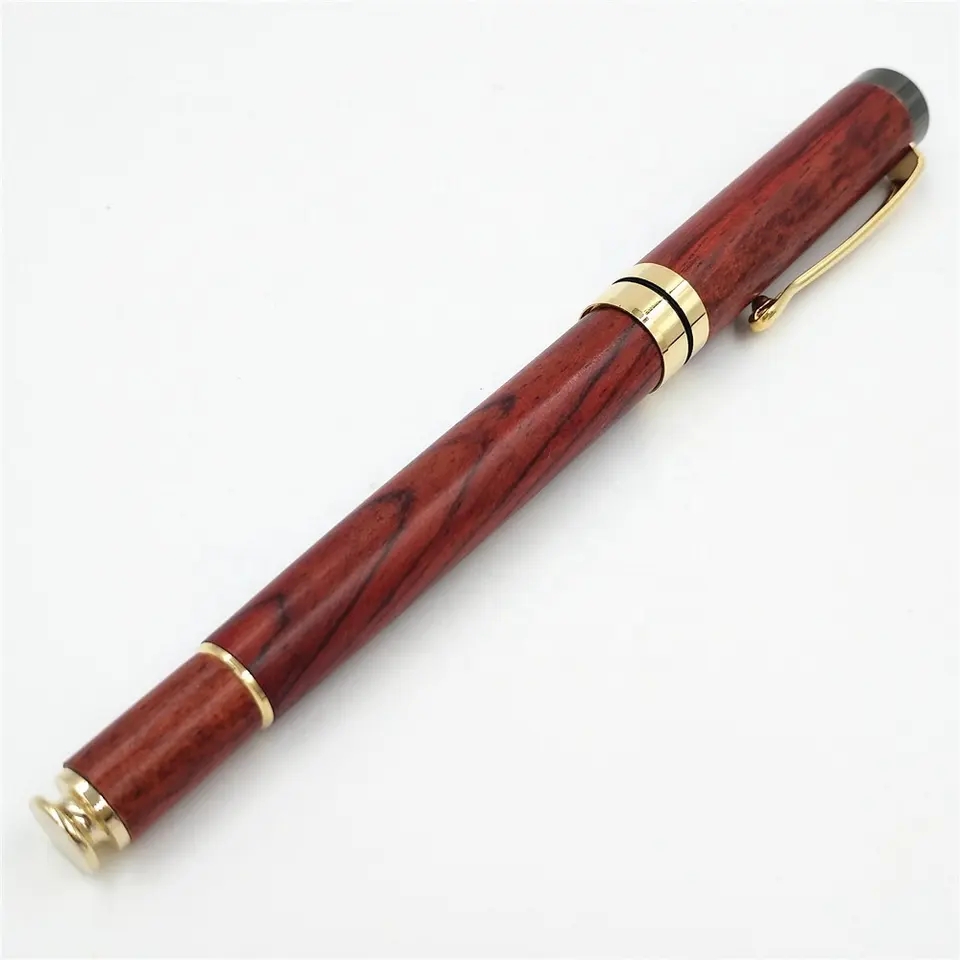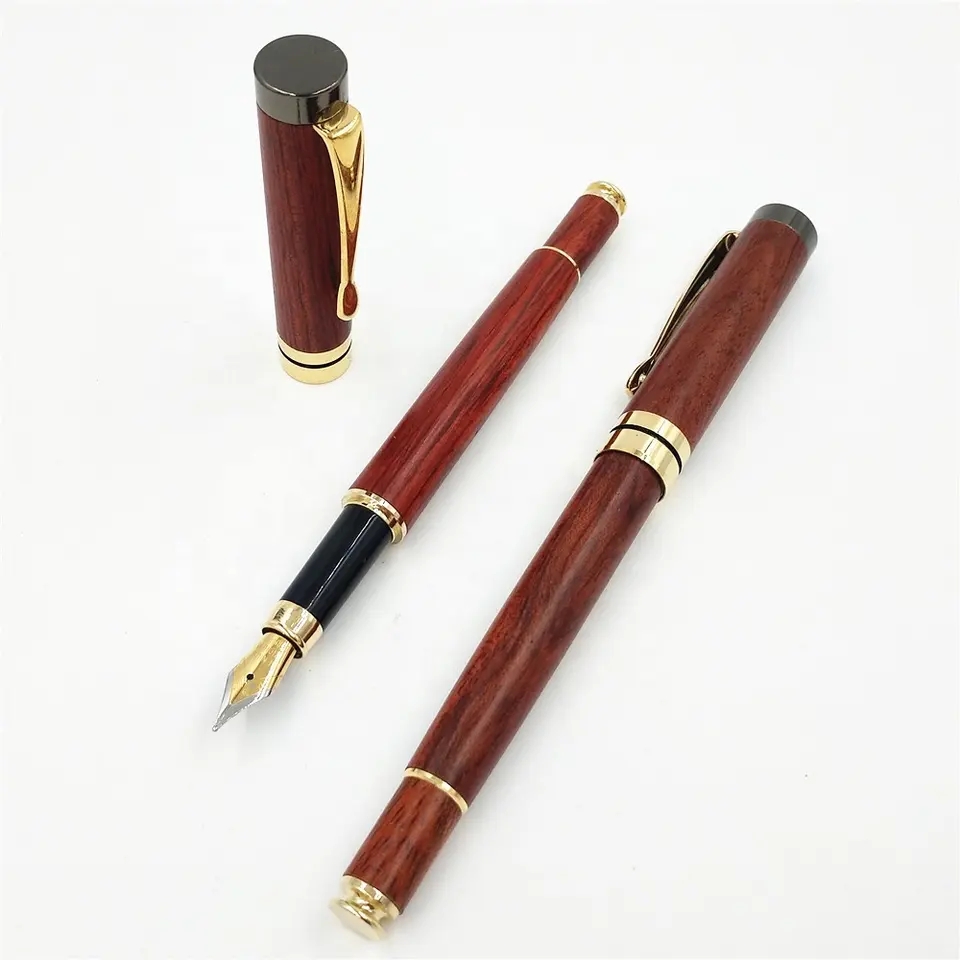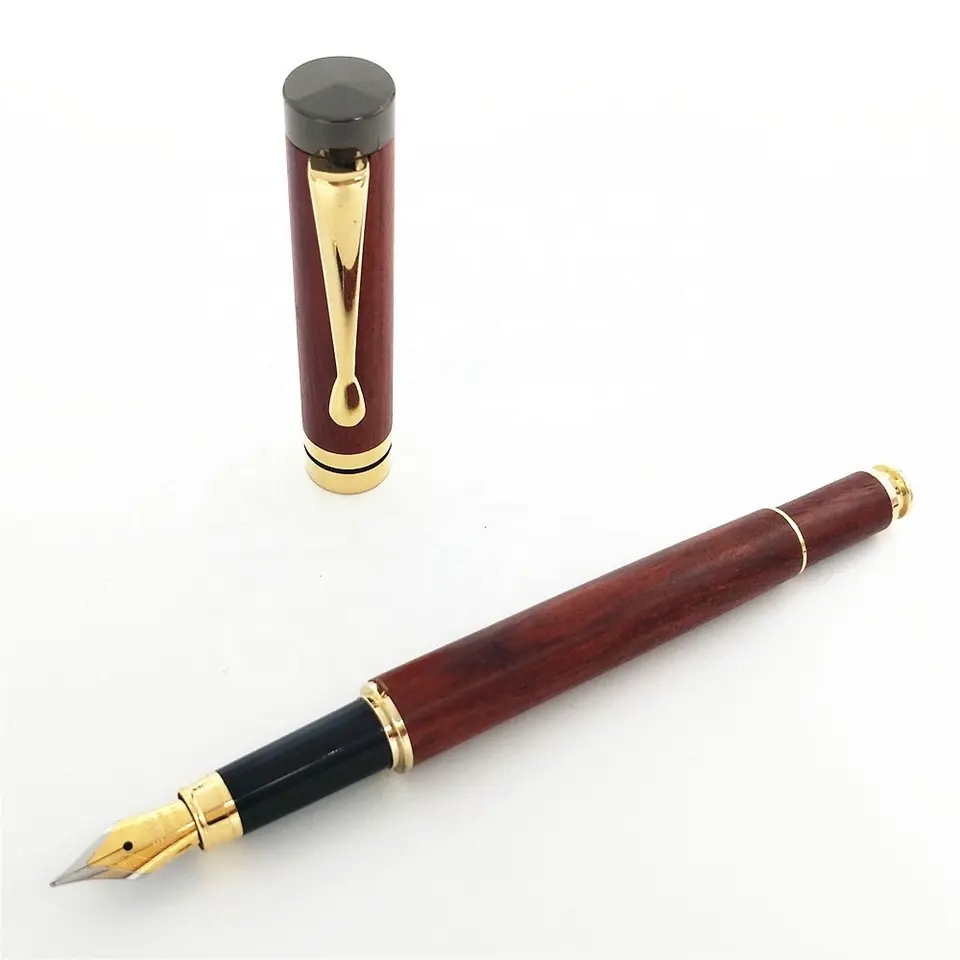In the realm of writing instruments, few items exude the same level of elegance, precision, and craftsmanship as the Fountain Pen. This iconic tool has a rich history, a sophisticated design, and a devoted following among writing enthusiasts. In this article, we will explore the captivating world of the Fountain Pen, delving into its history, intricate workings, diverse applications, and essential considerations when choosing the perfect one.
1. Exploring the Fascinating History of the Fountain Pen
The Fountain Pen, a symbol of refined writing, traces its origins back to the 17th century. The modern fountain pen we know today, however, emerged in the early 19th century with innovations by inventors like Petrache Poenaru and John Jacob Parker. It wasn’t until the late 19th century that fountain pens became commercially successful, thanks to inventors like Lewis Waterman, who introduced reliable ink flow mechanisms. Since then, Fountain Pens have been synonymous with timeless sophistication and impeccable craftsmanship.
2. Deconstructing the Intricate Design of the Fountain Pen
The Fountain Pen is a work of art in itself, comprising several intricate components:
Nib: The nib is the pen’s writing point, typically made of materials like stainless steel or gold. Nibs come in various sizes and shapes, influencing the style and thickness of writing.
Ink Reservoir: Unlike other pens, Fountain Pens use a refillable ink reservoir, often housed within the pen barrel. This reservoir allows for a continuous flow of ink, providing an uninterrupted writing experience.
Feed Mechanism: The feed mechanism regulates the flow of ink from the reservoir to the nib, ensuring consistent and controlled writing.
Cap: The cap not only protects the nib from drying out but also adds to the pen’s aesthetic and functional appeal.
3. The Versatile Applications of the Fountain Pen
Fountain Pens are not just writing tools; they are expressions of personal style and sophistication. Their versatile applications include:
Professional: Fountain Pens are revered in business and formal settings for signing important documents, penning personalized notes, and enhancing one’s professional image.
Artistic: Artists and calligraphers appreciate Fountain Pens for their ability to create expressive lines and varied strokes, making them ideal for sketching, drawing, and intricate lettering.
Personal: Many individuals use Fountain Pens for journaling, reflecting, and capturing the essence of their thoughts, adding a touch of elegance to their personal writings.
Gifts: Fountain Pens are often cherished as thoughtful gifts, symbolizing the timeless value of the written word and the art of communication.
4. Considerations for Choosing the Perfect Fountain Pen
Selecting the right Fountain Pen is a highly personal endeavor. Here are some essential factors to consider:
Nib Type: Choose between fine, medium, or broad nibs based on your writing style and preferences.
Ink Compatibility: Fountain Pens can use various types of ink, including bottled ink and ink cartridges. Consider your preferred ink type and refilling method.
Materials: Fountain Pens come in a wide range of materials, from classic resin to luxurious metals and precious woods. Select one that resonates with your style.
Price Range: Fountain Pens are available at various price points, from affordable options to high-end collector’s pieces. Set a budget that aligns with your preferences.
In conclusion, the Fountain Pen remains an enduring symbol of sophistication and precision in the world of writing instruments. With a rich history, intricate design, and diverse applications, it continues to capture the hearts of writers, artists, and professionals alike. By understanding its components and considering your personal preferences, you can choose the perfect Fountain Pen to elevate your writing experience and make a statement of timeless elegance and craftsmanship.



